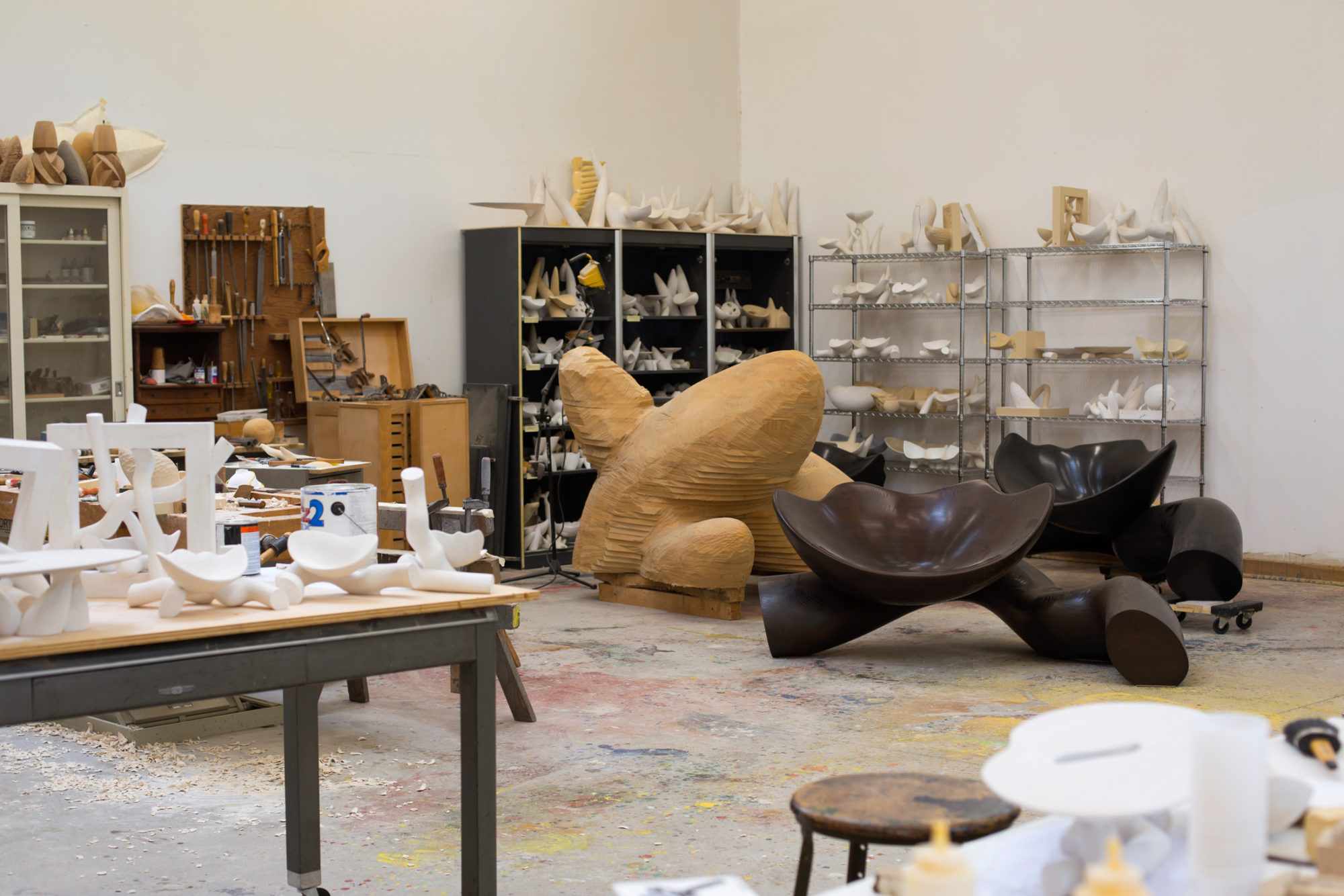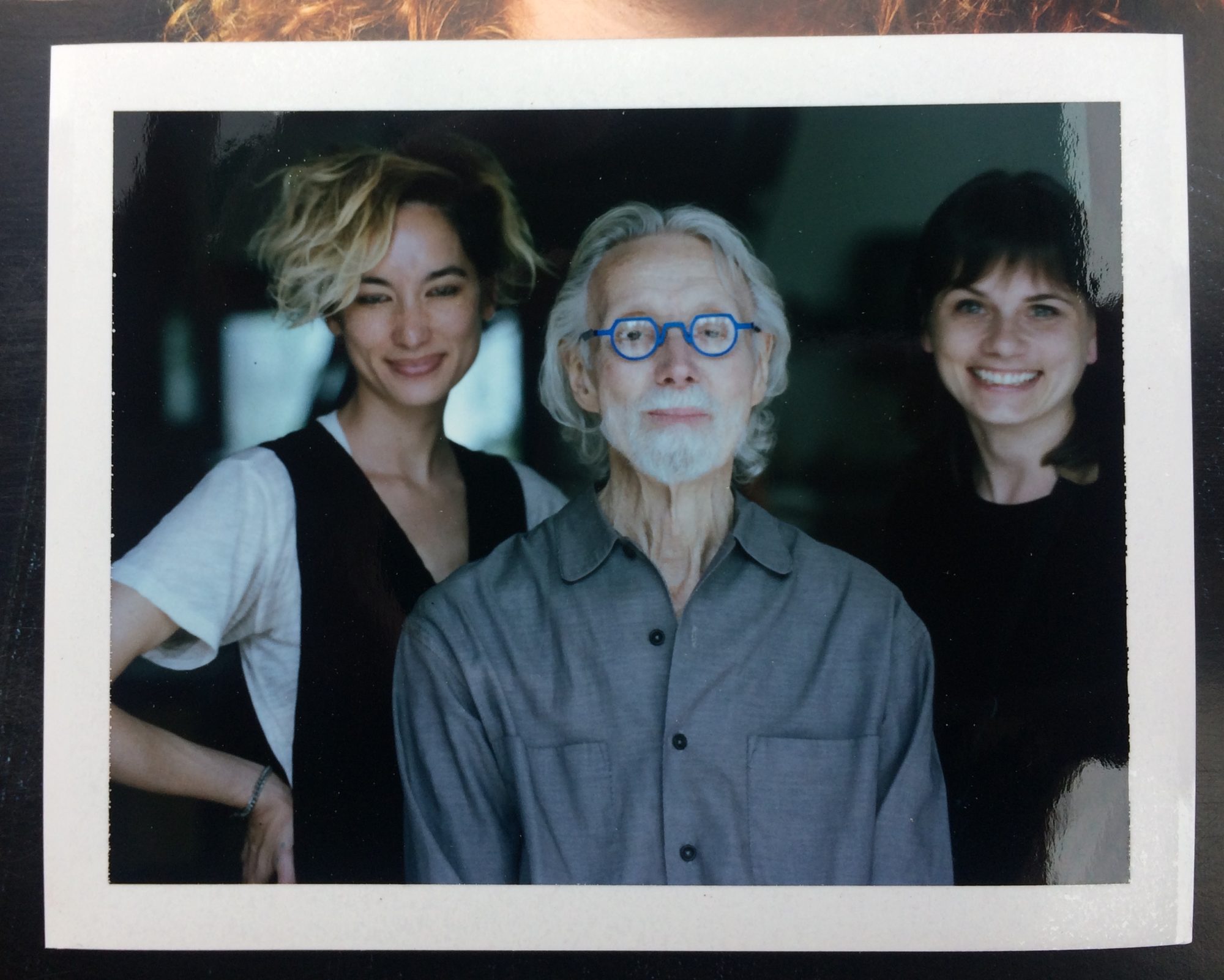Early this morning, I received word that Wendell Castle passed away.
Many people knew him far better than I did; my interaction with Castle consisted of a single day at his studio, located just outside Rochester, New York, last April. It was the day before my birthday, and I considered the experience something of a gift. I’d flown upstate to interview him for a feature I was writing for our annual American Influence issue, and was eager to step inside the world of a man who was among the first American designers to question the divide between utility and fine art. In the precious hours that followed, Castle showed me how the things he was known for—his wiggly, stack-laminated furniture, remarkable work ethic, and ingenious use of such power tools as a giant wood-carving robot, among them—played out in his everyday life, where his spirit acted as a magical glue that fused everything together and allowed him to build, layer by layer, a legacy unmatched by any American furniture designer of his peer group.
On that sunny spring morning, Castle picked me up from the airport in a 1996 navy blue Bentley Brookland. Nonchalantly, from behind the wheel, he told me about each site we passed on the drive to his studio in great detail. He pointed out a modest diner in the neighborhood’s downtown area, where we returned for lunch later that day. While I prepared to eat my salad, Castle had drawn his fork and knife to have at an open-face cheeseburger (“I don’t like the bun,” he told me), which he had paired with onion rings. I couldn’t help but smile: here I was, sitting at this ramshackle restaurant with a skinny, soft-spoken 84-year-old legend who was cutting a meat patty into neat little slices and noshing on a deep-fried side that typically might accompany a kids’ menu entrée, peering down at his feast through quirky cerulean-hued Anne & Valentin spectacles. His authenticity was utterly refreshing, and it permeated everything he did.



